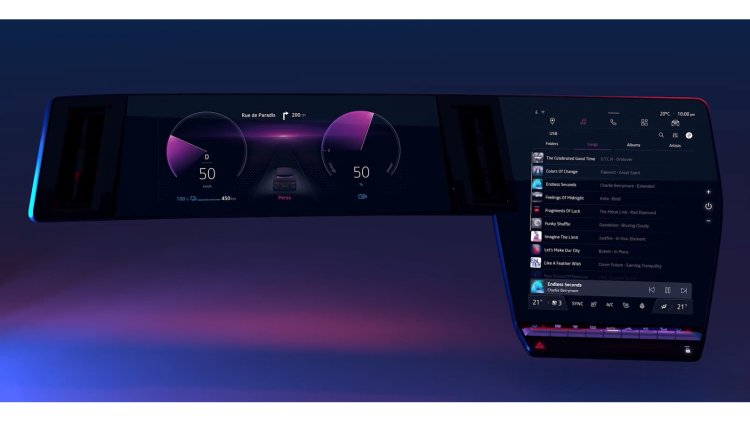Qualcomm's digital chassis: cars of the future

For many years, businesses such as Qualcomm have talked about how they want to get involved in the car industry. More power is required as cars grow more technical, particularly in terms of the propulsion and entertainment systems they provide.
Qualcomm has frequently discussed the evolution of its "digital chassis." In a world where the chassis is typically thought of as the car's steel heart, these systems can be thought of as the car's technical heart.
Qualcomm's most recent version includes cloud as a service, integrated telematics, and a Wi-Fi upgrade to 6E.
Thierry Cammal, CEO of Renault Software Labs, stated to Enrico Salvatorio, President of Qualcomm Europe, at MWC 2022, that cars employed several ECUs (electronic control units) for specific operations in the past.
The transition to a digital chassis means a shift from a large number of ECUs to fewer, more powerful chips, which is where Qualcomm comes in.
This is divided into two parts: automotive driving control hardware and infotainment system control hardware.
The switch to a "software-defined approach," according to Kamal, represented a total change of attitude to a modern car, such as the new electric Renault Megane or Cadillac Lirik.
Qualcomm can supply hardware for a wide range of systems, including huge displays for drivers and passengers, heads-up display systems, including those with augmented reality overlays, digital mirrors, multi-zone audio systems, character detection, and more.
Then there's the issue of giving a 5G connection to the outside world to connect the clouds to the car for things like traffic and, in the future, to allow autonomous driving control, as well as an access point to connect passengers.
Then there's the hardware for actual driving functions, as well as things like ADAS (advanced driver assistance systems).
"We, the carmaker, have to control the software," Kamal explains before going on to make software a tremendous value for automobiles.
With a software-based approach, the manufacturer may add features, improve systems, and increase the value of off-site vehicles. Because there is greater freedom for cars to be upgraded, Kamal believes that the residual value of the car will be maintained for a longer period of time.
This is something we saw at Tesla, where software plays a large role in the user experience and is also the driving force behind everyone using screens instead of buttons: you can remotely update the user interface and change the experience or add services, which is not possible where everything is defined by hardware buttons.
According to Qualcomm, there are already a number of orders in excess of $ 13 billion, so you can expect to hear a lot about Qualcomm's engagement in the EVautomotive business from now on.





























